A major postal service proposes changes to save billions. The plan aims to streamline regional networks.
Officials promise to maintain local delivery times. Will this revitalize a struggling institution?
Mail Evolution: Adapting to Digital Age?
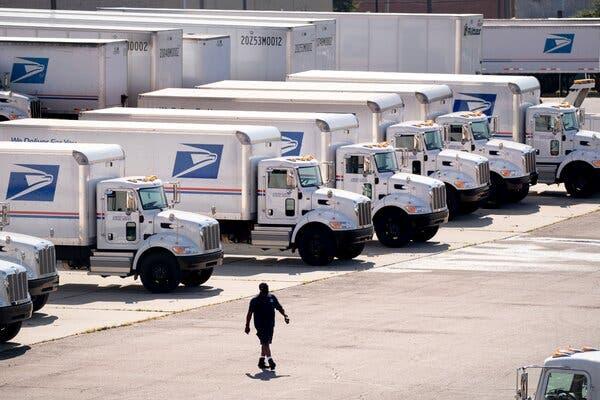
First-class mail volume has dropped 80% since 1997. Package deliveries have grown significantly.
The service has accumulated $87 billion in losses since 2007. Can these changes reverse a decades-long decline?
Delivery Standards: Faster or Slower Mail?
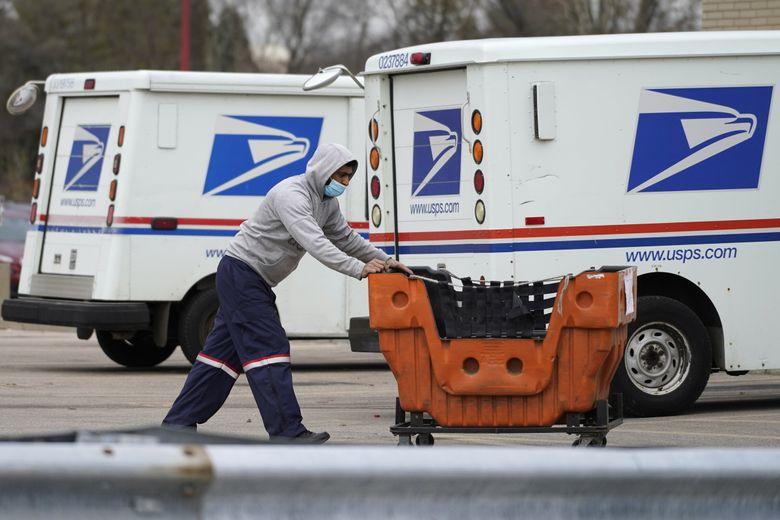
The proposal maintains a five-day maximum for nationwide deliveries. Local first-class mail retains a three-day maximum.
Some areas may see faster delivery times. How will this affect your daily mail?
Election Integrity: Will Votes Be Delayed?
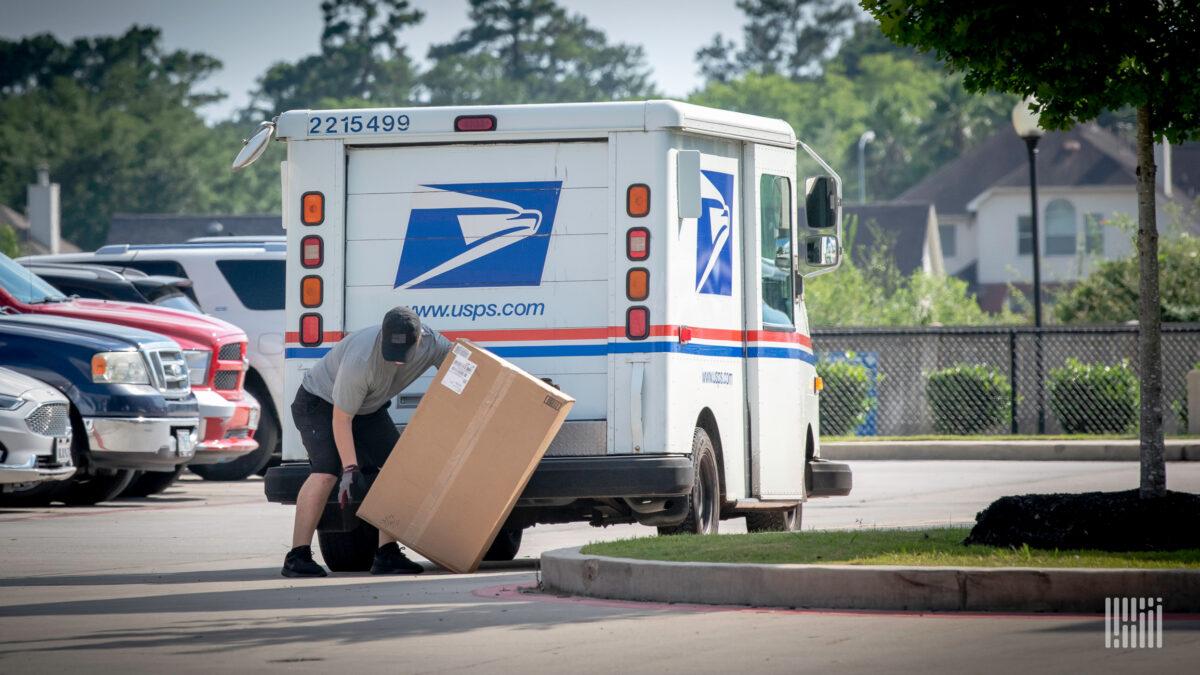
Officials assure that election mail won’t be affected. The changes won’t take effect until 2025.
Holiday shipments will also remain unaffected. Can voters trust this promise amid political scrutiny?
Medication Deliveries: A Matter of Life?
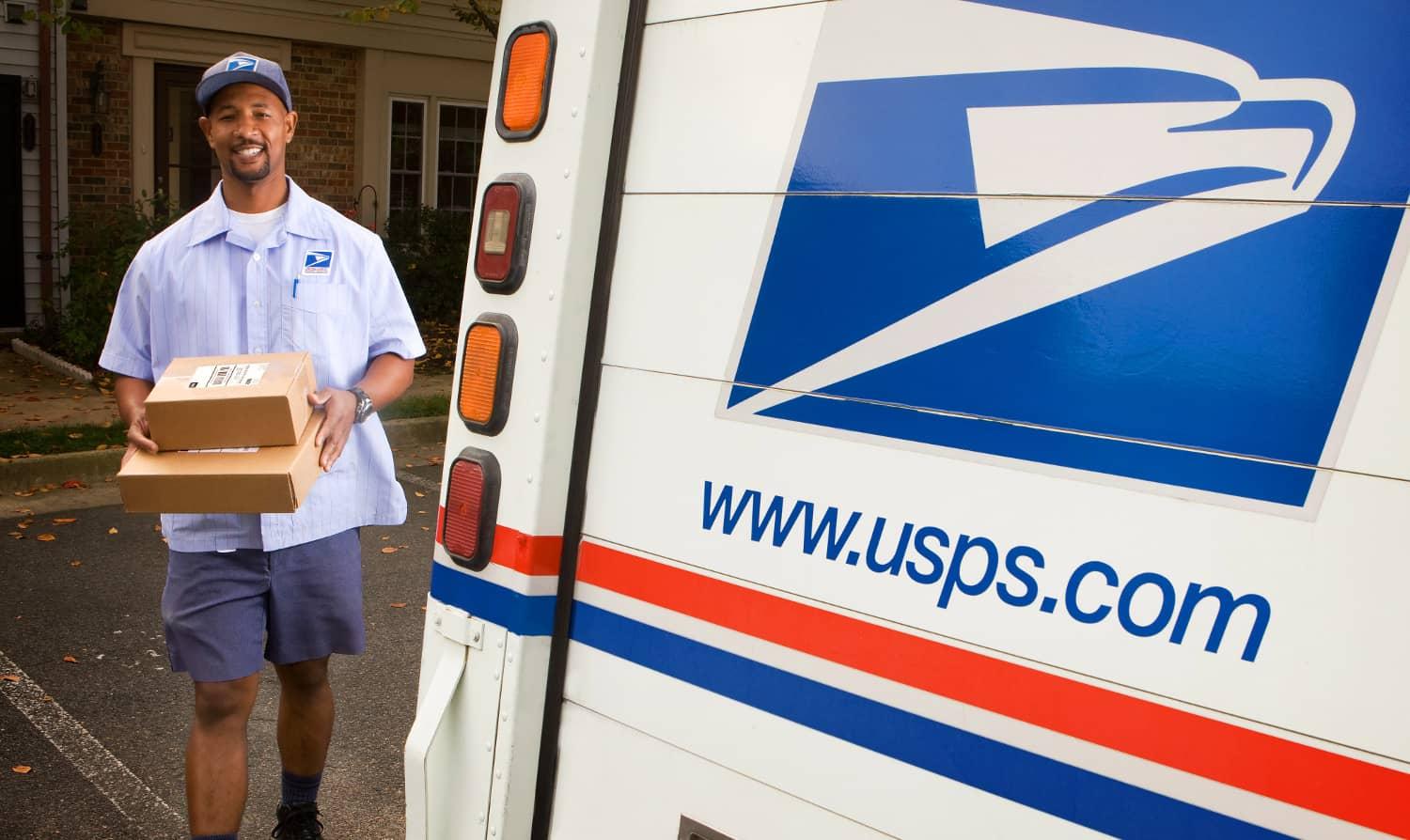
The plan aims to maintain or improve medication delivery speeds. Prescription deliveries are a crucial service for many Americans.
4.5 billion prescriptions are filled annually in the U.S. Will this ease concerns for vulnerable populations?
Regional Hubs: The Future of Mail?
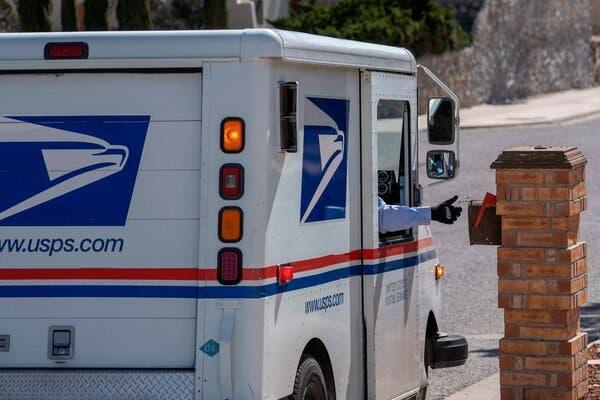
The service is moving towards a regional hub model. Atlanta, Richmond, and Portland already see changes.
This shift affects pickup and drop-off times. How will this reshape America’s postal landscape?
Rural vs. Urban: Who Benefits Most?
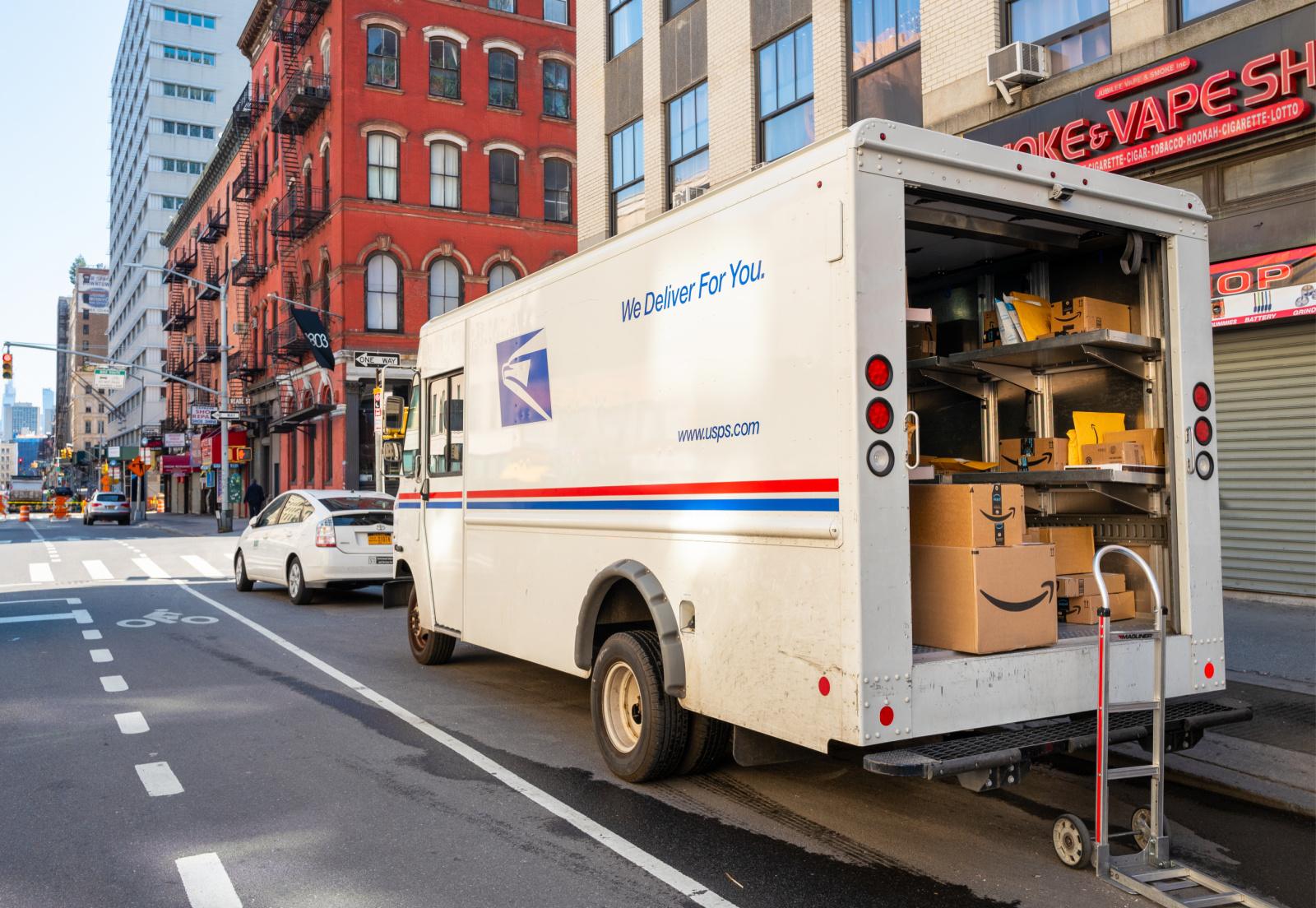
Customers near regional hubs may see faster deliveries. Rural areas might experience longer transit times.
The service delivers to 163 million addresses daily. Will this create a two-tier postal system?
Political Pushback: Death Spiral or Necessary Evil?
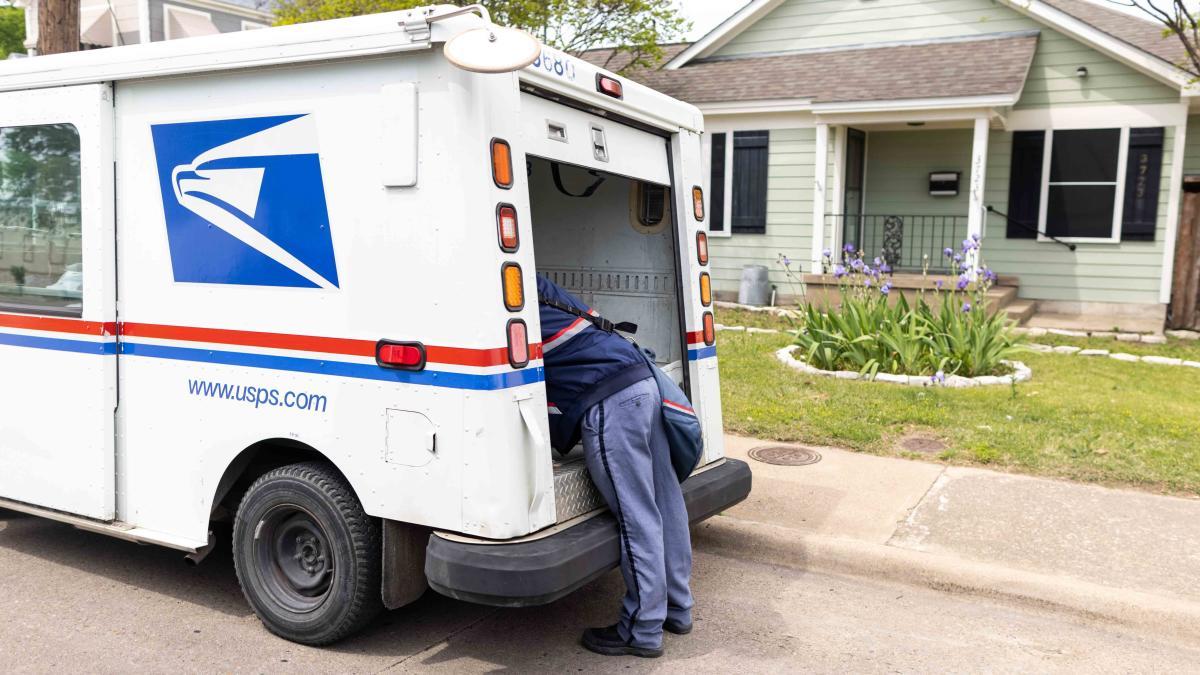
Some politicians criticize the proposed changes. They fear service degradation alongside price increases.
The postal service must be financially self-sufficient. Can it balance service quality with fiscal responsibility?
Customer Impact: 75% See No Change?
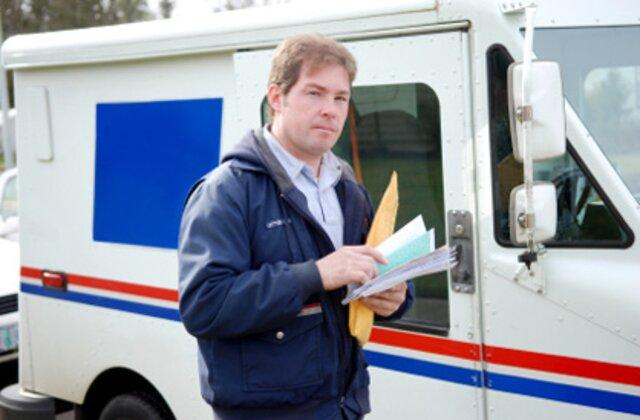
The proposal claims 75% of first-class mail won’t change. Two-thirds of mail should deliver in three days or less.
The service handles 425.3 million mail pieces daily. Will customers notice a difference?
Future of Mail: Horse and Buggy or High-Tech?
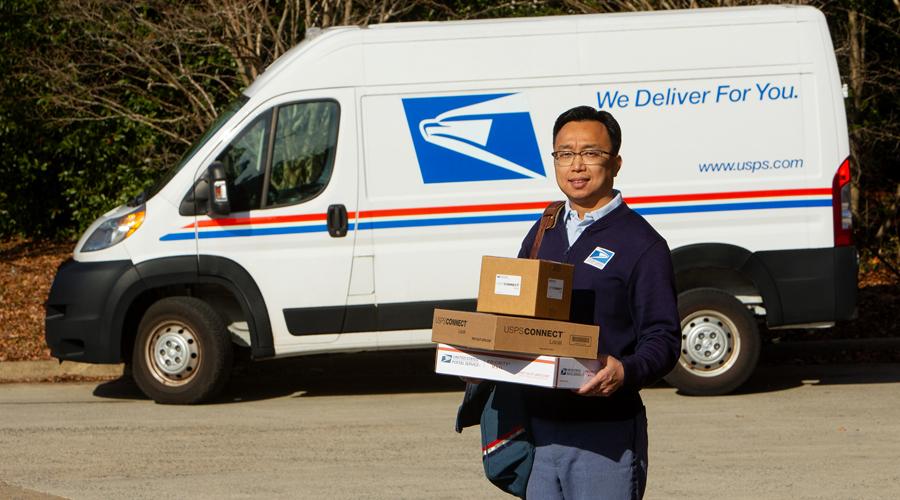
Critics mock the changes as a step backwards. The postal service aims for modernization and efficiency.
It must compete with private carriers and digital communication. Can an institution founded in 1775 survive in the digital age?

